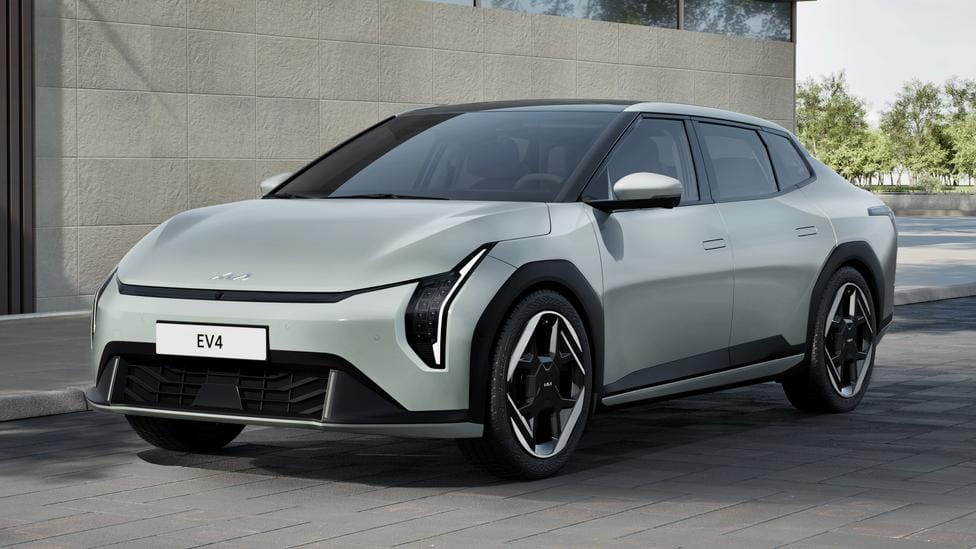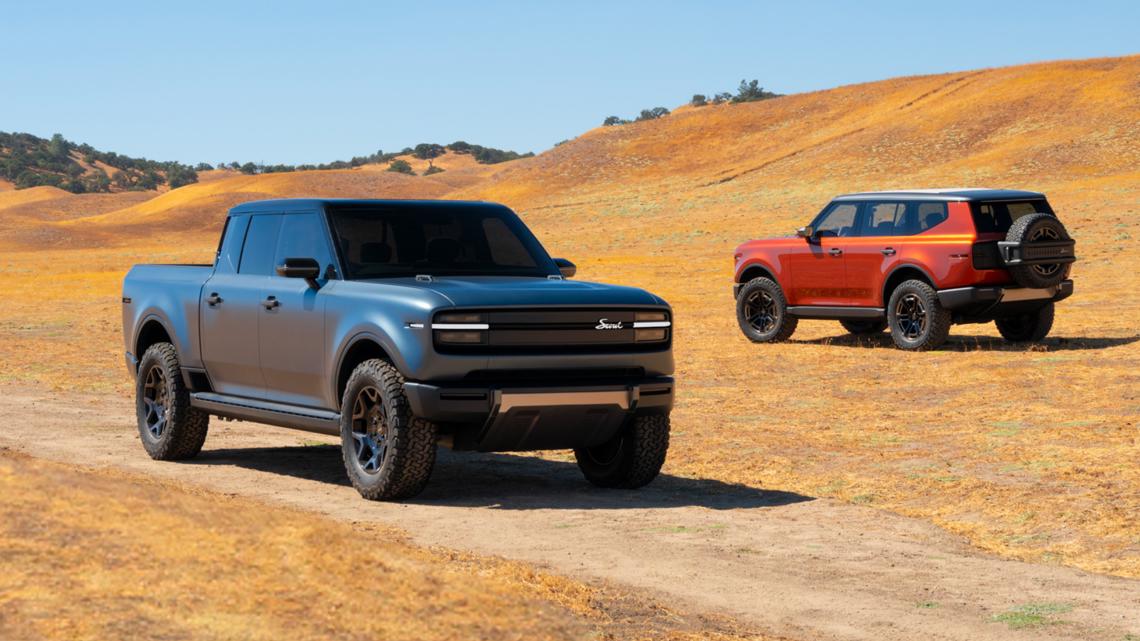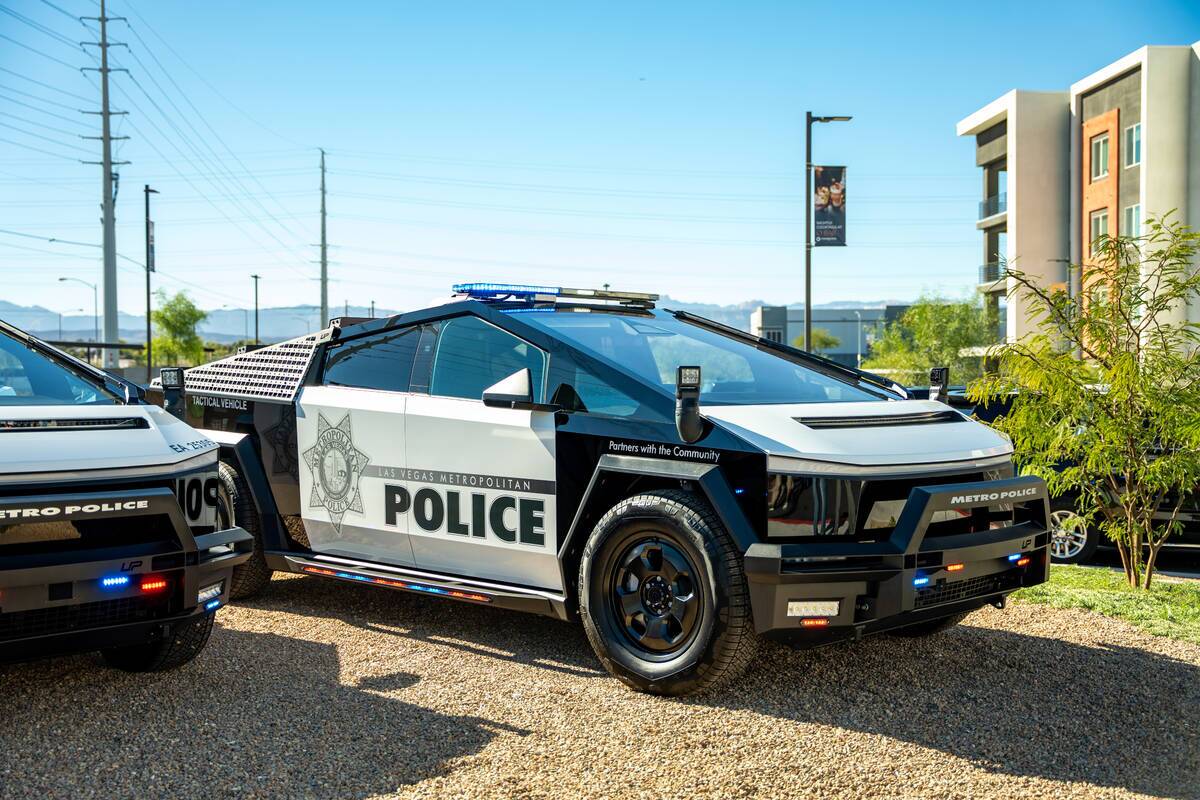Mit der rasanten Verbreitung von Elektrofahrzeugen (EVs) kommen neue Bedenken hinsichtlich der Art und Weise und des Zeitpunkts des Anschließens der Fahrzeuge durch die Fahrer auf. Eine kürzlich in Applied Energy veröffentlichte Studie von Forschern der Stanford University drängt auf eine drastische Änderung des Ladeverhaltens von Elektrofahrzeugen – insbesondere zu Hause und über Nacht.
Die Forscher argumentieren, dass das Aufladen zu Hause über Nacht zwar praktisch sei , aber eine erhebliche Gefahr für das Stromnetz darstelle, insbesondere in Regionen wie dem Westen der USA. Wenn die aktuellen Ladegewohnheiten anhalten, könnte der Strombedarf während der abendlichen Spitzenzeiten bis 2035 um bis zu 25 % ansteigen. Dieser plötzliche Anstieg würde die Netzinfrastruktur belasten und möglicherweise den Klimaschutz untergraben .
Das Wachstum der Elektrofahrzeuge setzt das Stromnetz zusätzlich unter Druck
Elektrofahrzeuge spielen eine zentrale Rolle bei der Reduzierung verkehrsbedingter Emissionen. Ihre wachsende Beliebtheit ist ein klarer Erfolg für den Klimaschutz – bringt aber auch versteckte Herausforderungen mit sich. Eine der wichtigsten ist das Aufladen.
Der Studie zufolge werden bis 2040 weltweit bis zu 300 Millionen Ladestationen für Elektrofahrzeuge benötigt. Wo und wie diese Ladestationen eingesetzt werden, wird direkten Einfluss darauf haben, ob Elektrofahrzeuge langfristig eine nachhaltige Lösung darstellen.
Große Aufmerksamkeit wurde der Installation öffentlicher Ladestationen in stark nachgefragten Bereichen wie Einkaufszentren, Raststätten und Autobahnen gewidmet. Doch die Infrastruktur allein ist nicht das einzige Problem. Der Zeitpunkt und die Verteilung der Ladevorgänge – insbesondere während der abendlichen Spitzenzeiten – könnten die ohnehin überlasteten Stromnetze noch weiter destabilisieren.
Das Problem mit dem Aufladen über Nacht
Die meisten Besitzer eines Elektrofahrzeugs schließen ihr Fahrzeug zu Hause an, in der Regel nach der Rückkehr von der Arbeit in den frühen Abendstunden. Dies ist zwar für den persönlichen Komfort geeignet, kollidiert jedoch mit den Spitzenzeiten des Stromverbrauchs , wenn die Nachfrage nach Beleuchtung, Heizung und Haushaltsgeräten im Haushalt ohnehin schon hoch ist.
„ Wir müssen von unserem derzeitigen Modell des nächtlichen Ladens zu Hause abrücken “, schreiben die Stanford-Forscher. Bleibt dieses Verhalten unangetastet, könnte es zu einer unbeabsichtigten Folge führen, dass wir zur Deckung des Spitzenstrombedarfs stärker auf fossile Brennstoffe – insbesondere Erdgas – angewiesen sind . Dies würde die durch Elektrofahrzeuge versprochenen CO2-Einsparungen direkt untergraben .
In ihrem Modell der Energietrends im Westen der USA bis 2035 simulierten die Forscher Tausende von Ladeprofilen am Arbeitsplatz und zu Hause. Die Ergebnisse zeigen, dass es eindeutig notwendig ist, die Ladezeiten zu diversifizieren und das Laden von der Abendspitze weg zu verlagern .
Intelligentere Ladestrategien sind erforderlich
Um eine Überlastung des Stromnetzes zu verhindern und die Umweltvorteile von Elektrofahrzeugen zu erhalten, fordern Experten flexiblere und intelligentere Ladestrategien . Dazu gehören beispielsweise:
-
Time-of-Use-Strompreise (TOU) , bei denen das Aufladen außerhalb der Spitzenzeiten (z. B. mittags oder über Nacht nach Mitternacht) weniger kostet
-
Anreize für das Laden tagsüber am Arbeitsplatz oder an öffentlichen Orten
-
Dynamisches Lastmanagement , bei dem Versorgungsunternehmen die Ladetarife basierend auf den Netzbedingungen in Echtzeit anpassen können
-
Vehicle-to-Grid (V2G)-Technologie , die es Elektrofahrzeugen ermöglicht, während Spitzenzeiten Energie ins Netz zurückzuspeisen
Diese Lösungen erfordern eine Zusammenarbeit zwischen Versorgungsunternehmen, politischen Entscheidungsträgern und Herstellern von Elektrofahrzeugen, um Ladeinfrastrukturen und -systeme zu implementieren, die Verhaltensänderungen fördern.
Was Fahrer von Elektrofahrzeugen heute tun können
Während an langfristigen Netzlösungen gearbeitet wird, können Besitzer von Elektrofahrzeugen sofort Maßnahmen ergreifen , um die Belastung des Stromnetzes zu verringern:
-
Verschieben Sie das Aufladen zu Hause auf nach 22 Uhr oder nutzen Sie die Funktionen zum geplanten Aufladen
-
Erwägen Sie das Aufladen am Arbeitsplatz oder an öffentlichen Stationen mit solarbetriebener Infrastruktur
-
Überwachen Sie Stromtarifpläne und melden Sie sich für Time-of-Use-Programme an
-
Installieren Sie intelligente Ladegeräte , mit denen Sie den Ladevorgang basierend auf einer geringeren Netznachfrage planen können
Das Fazit
Die Umstellung auf Elektrofahrzeuge ist ein entscheidender Schritt im Kampf gegen den Klimawandel. Doch wie und wann wir laden, ist genauso wichtig wie die Anzahl der Elektrofahrzeuge auf den Straßen .
Neueste wissenschaftliche Erkenntnisse deuten darauf hin, dass sich unser übliches Ladeverhalten – insbesondere abends zu Hause – negativ auswirken könnte, wenn wir uns nicht anpassen. Mit intelligenteren Strategien und einem proaktiven Ansatz kann die Einführung von Elektrofahrzeugen eine Klimalösung bleiben, anstatt eine neue Energieherausforderung zu schaffen.








Aktie:
Ford-Ladeleitfaden für Elektrofahrzeuge: Mustang Mach-E und F-150 Lightning
Die ICCU in Elektrofahrzeugen verstehen: Was sie ist und warum sie wichtig ist